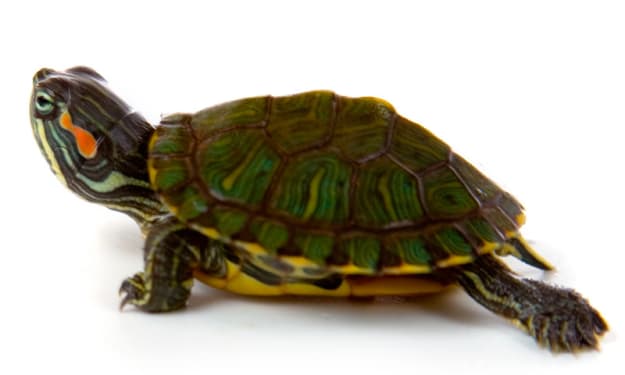Fangs and Milestones: The Cat's Journey through Dental Ages
how to tell a cats age by teeth , Cat Care Tips .

Preface
Cats, our furry companions, have a fascinating trip through the different stages of life, and their dental health is a significant part of this passage. From the bitsy, needle- suchlike teeth of a alley cat to the more substantial and well- worn fangs of a elderly cat, each stage brings unique dental challenges and mileposts.
In this blog, we'll explore the colorful dental periods of a cat and how to tell a cats age by teeth and also precious possessors can insure their nimble musketeers maintain optimal oral health.
Kittenhood The Teething Phase
Just like mortal babies, gibes go through a teething phase. At around 2 to 4 weeks of age, their baby teeth begin to crop . By the time they reach 6 weeks, gibes should have a full set of 26 evanescent teeth, including incisors, doggies, and molars. During this phase, gibes may parade signs of discomfort, similar as biting on objects, drooling, and being a bit perverse.
Pet possessors can help ease their gibes' teething straits by furnishing applicable chew toys and icing their diet supports healthy dental development. Soft, wet food can be salutary during this period.
Nonage The Permanent Set Arrives
Around 3 to 7 months of age, a cat's endless teeth start replacing their baby teeth. This process is gradational and generally complete by the time the cat reaches 7 months. The adult set comprises 30 teeth, and the transition is frequently smooth, with minimum discomfort for the cat.
During this stage, it's pivotal for pet possessors to introduce regular dental care routines. Brushing a cat's teeth, furnishing dental treats, and incorporating dental toys can each contribute to maintaining good oral hygiene.
Adulthood Prime of the Pearly Whites
In the florescence of their life, adult pussycats generally have strong, healthy teeth. Regular dental care practices, a balanced diet, and routine veterinary check- ups are essential to insure their dental health remains optimal. still, possessors should stay watchful for signs of dental issues similar as gingivitis, tartar buildup, or tooth decay.
Dental treats and toys designed to promote dental health can be precious additions to an adult cat's routine. also, maintaining a well- balanced diet that supports overall health contributes to strong teeth and epoxies.
Times Facing Dental Challenges
As pussycats enter their elderly times, their dental health may face fresh challenges. Wear and tear on the teeth come more apparent, and some pussycats may witness dental conditions similar as periodontal complaint, a common issue among aged kitties. Regular veterinary check- ups come indeed more critical during this stage to catch and address dental problems instantly.
Specialized elderly cat food and dental care acclimatized for aged pussycats can prop in maintaining oral health. Softening food or furnishing wet food may also be necessary for pussycats with dental issues.
A cat's trip through dental periods is a testament to the care and attention needed from pet possessors. From the bitsy teeth of kittenhood to the challenges of elderly times, each stage demands a unique approach to insure optimal oral health. Regular veterinary check- ups, a balanced diet, and harmonious dental care practices are the keys to conserving the pearly whites of our cherished nimble musketeers throughout their entire lives.





Comments
There are no comments for this story
Be the first to respond and start the conversation.